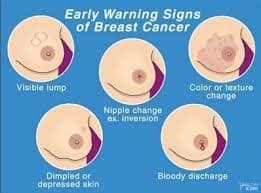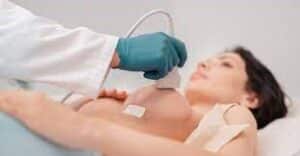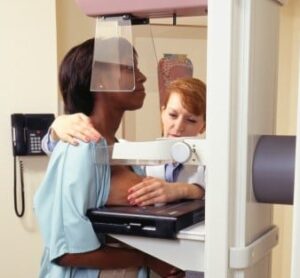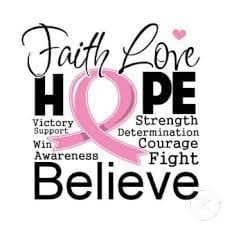Breast health is of paramount importance, and timely imaging plays a crucial role in early detection of potential issues. Knowing when to get a breast ultrasound or mammogram can be instrumental in ensuring your well-being. Here’s a comprehensive guide:
Age Consideration:
- Women younger than 35 are often advised to undergo breast ultrasound, especially if they have high breast density. Mammograms may be recommended in specific cases, as advised by your GP.
- Women aged 35 and older are typically advised to have regular mammograms, but they may also require an ultrasound if there are ambiguous findings.
Is it Painful? Breast ultrasounds and mammograms are generally not painful. However, if you already have breast discomfort, you can communicate this to the healthcare provider to ensure comfort during the procedure.


Signs that Need Immediate Imaging:
- Lump: It’s essential to remember that not all breast lumps are cancerous. Consider imaging if the lump is hard, fixed in position, warmer to the touch, or accompanied by skin changes or armpit lumps. Family history of breast cancer is also a crucial factor. Softer, freely mobile lumps may be benign, but should still be evaluated by a doctor, especially if they change or grow.
- Nipple Changes: Seek imaging if you experience bloody discharge, nipple retraction, a slit-like appearance, itching, or skin erosion around the nipple or areola.
- Skin Changes: Imaging may be necessary for skin changes such as erosions, ulcers, an orange peel-like appearance, warmer or reddish skin, itching, or dimpling.
Breast Imaging Procedures:
- Ultrasound: During a breast ultrasound, you’ll wear a gown and lie on an exam table. A warm gel will be applied to the breast area, and a transducer will be used to examine the area. It’s a painless procedure.

- Mammogram: For a mammogram, you’ll stand in front of an X-ray machine, and your breast will be compressed between two plates to obtain images. You may feel pressure, but it’s a quick procedure.

What’s Next?
- If imaging results show no suspicious signs, you may not need further tests. Your doctor can address any bothersome symptoms and advise regular self-examinations.
- If suspicious findings arise, additional tests like biopsy, CT scans, and bone scans may be needed to confirm a diagnosis and plan treatment. It’s crucial to remember that a breast cancer diagnosis is not a death sentence. Early detection provides a 93% chance of survival and a healthy life. Stay vigilant, get tested, and keep your willpower strong.
Breast health is a top priority, and timely imaging can make all the difference. Don’t hesitate to seek medical advice and examinations when in doubt. Your health and well-being are worth it.







